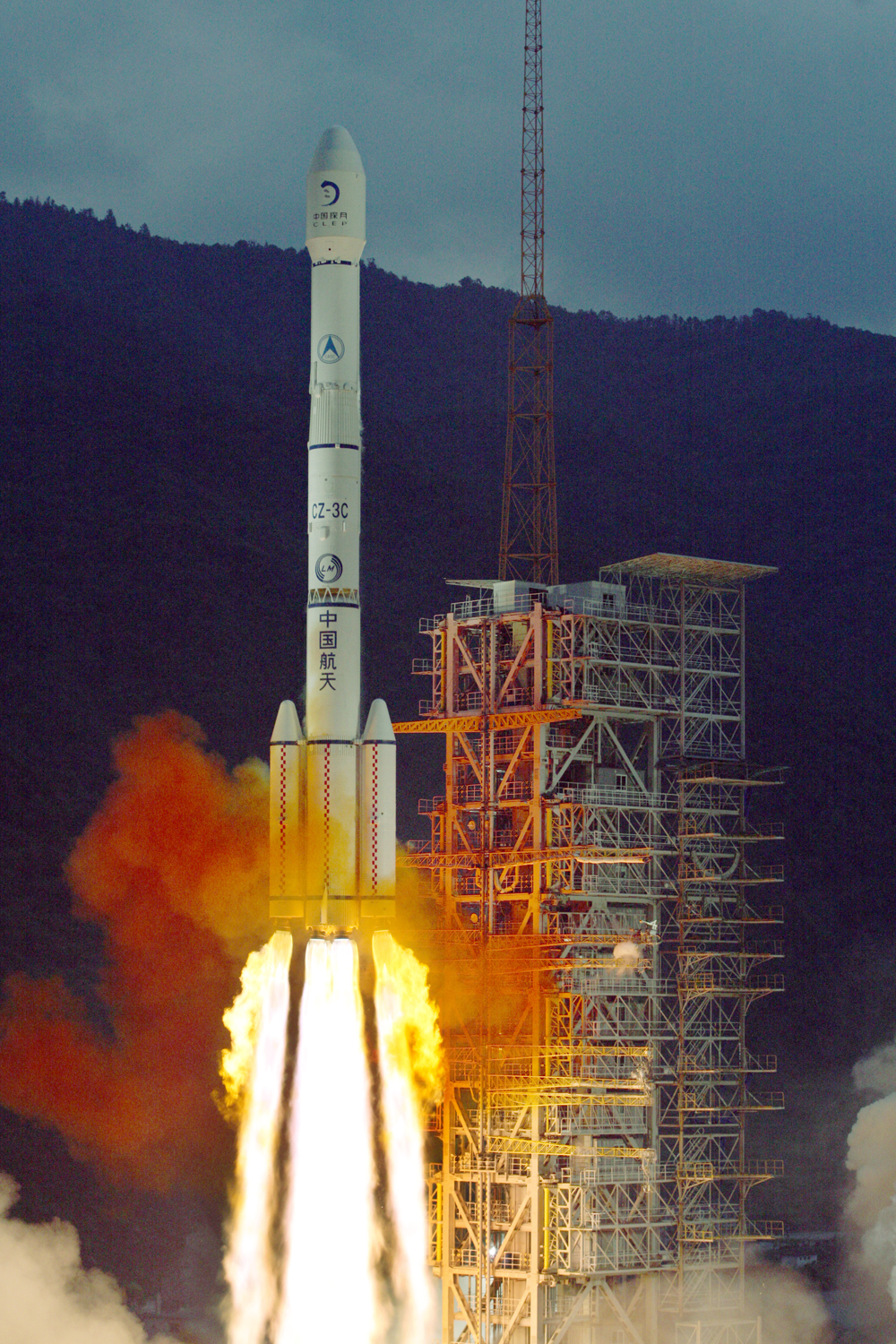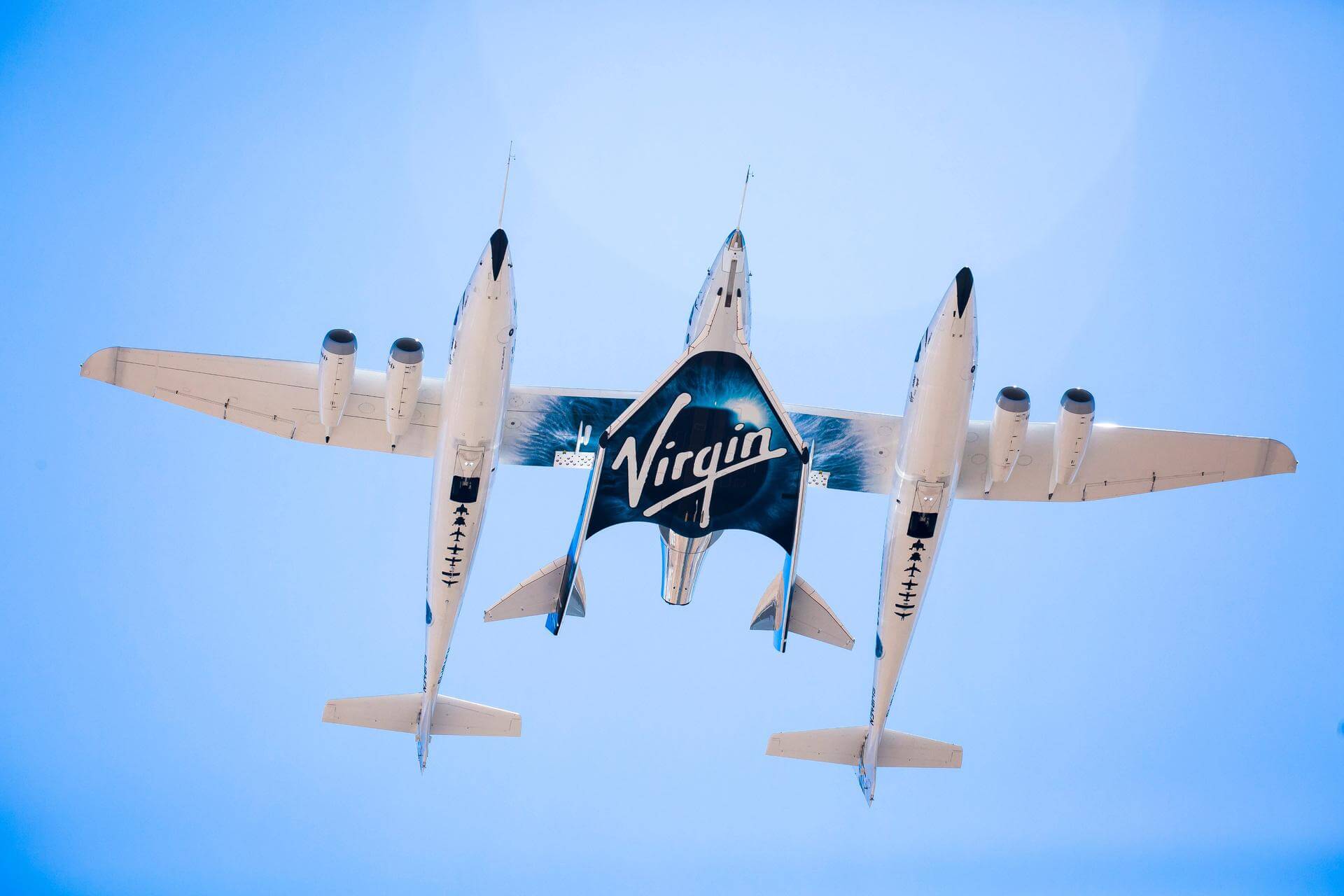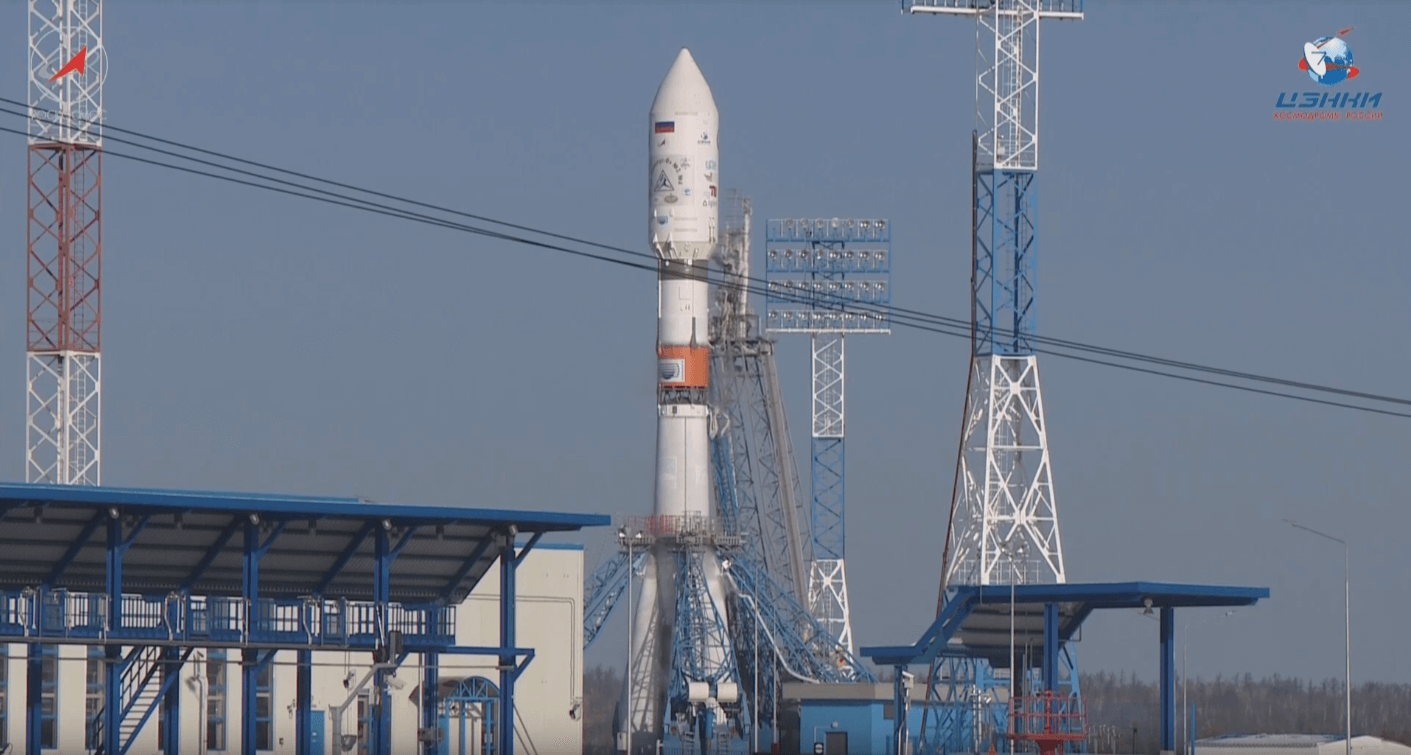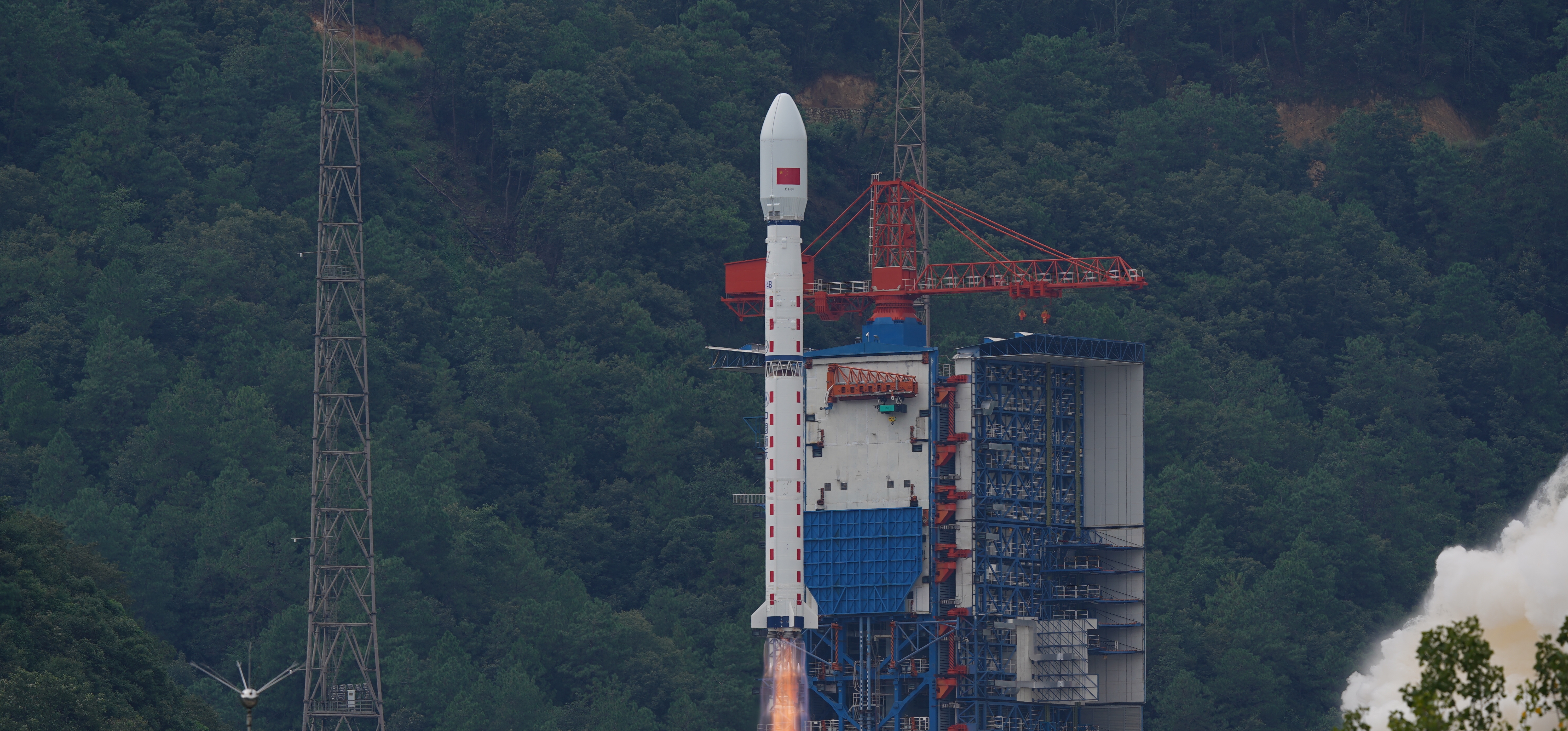Previous Spaceflight Launches
Filter by Agency, Locations or Vehicles
Show All LaunchesLong March 3C | Compass-G4
China Aerospace Science and Technology Corporation | ChinaXichang Satellite Launch Center, People's Republic of China
Oct. 31, 2010, 4:26 p.m.
Ariane 5 ECA | Eutelsat W3B & BSAT-3b
ArianeGroup | FranceGuiana Space Centre, French Guiana
Oct. 28, 2010, 9:51 p.m.
Status: Launch Successful
Mission:
Eutelsat W3B is a communication satellite to be located at 7 degrees East to provide broadcast and telecommunications accross Europe, the Middle East and Africa. However it took another satellites place, W2M which had failed. Directly after launch however W3B developed a sizeable leak and was declared a total loss. B-SAT 3b is a geostationary communications satellite operated by B-SAT stationed at 110 degrees East, providing high definition direct television services across Japan.
Geostationary Transfer OrbitSpaceShipTwo | VSS Enterprise GF02
Virgin Galactic | United States of AmericaAir launch to Suborbital flight
Oct. 28, 2010, noon
Soyuz-U | Progress M-08M (40P)
Russian Federal Space Agency (ROSCOSMOS) | RussiaBaikonur Cosmodrome, Republic of Kazakhstan
Oct. 27, 2010, 3:11 p.m.
Soyuz-2.1a/Fregat | 6 x Globalstar-2
Progress Rocket Space Center | RussiaBaikonur Cosmodrome, Republic of Kazakhstan
Oct. 19, 2010, 5:10 p.m.
Proton-M Briz-M | Sirius XM-5
Khrunichev State Research and Production Space Center | RussiaBaikonur Cosmodrome, Republic of Kazakhstan
Oct. 14, 2010, 6:53 p.m.
SpaceShipTwo | VSS Enterprise GF01
Virgin Galactic | United States of AmericaAir launch to Suborbital flight
Oct. 10, 2010, noon
Soyuz-FG | Soyuz TMA-01M
Progress Rocket Space Center | RussiaBaikonur Cosmodrome, Republic of Kazakhstan
Oct. 7, 2010, 11:10 p.m.
Status: Launch Successful
Mission:
Soyuz TMA-01M begins expedition 25 by carrying 3 astronauts and cosmonauts to the International Space Station. Russian Commander, cosmonaut Aleksandr Kaleri alongside Flight Engineers, Oleg Skripochka (RSA) & Scott Kelly (NASA) will launch aboard the Soyuz spacecraft from the Baikonur Cosmodrome in Kazakhstan and then rendezvous with the station. It landed on 16 March 2011, 7:54 UTC
Low Earth OrbitLong March 4B | Shijian 6G & Shijian 6H
China Aerospace Science and Technology Corporation | ChinaTaiyuan Satellite Launch Center, People's Republic of China
Oct. 6, 2010, 12:49 a.m.
Long March 3C | Chang'e 2
China Aerospace Science and Technology Corporation | ChinaXichang Satellite Launch Center, People's Republic of China
Oct. 1, 2010, 10:59 a.m.









